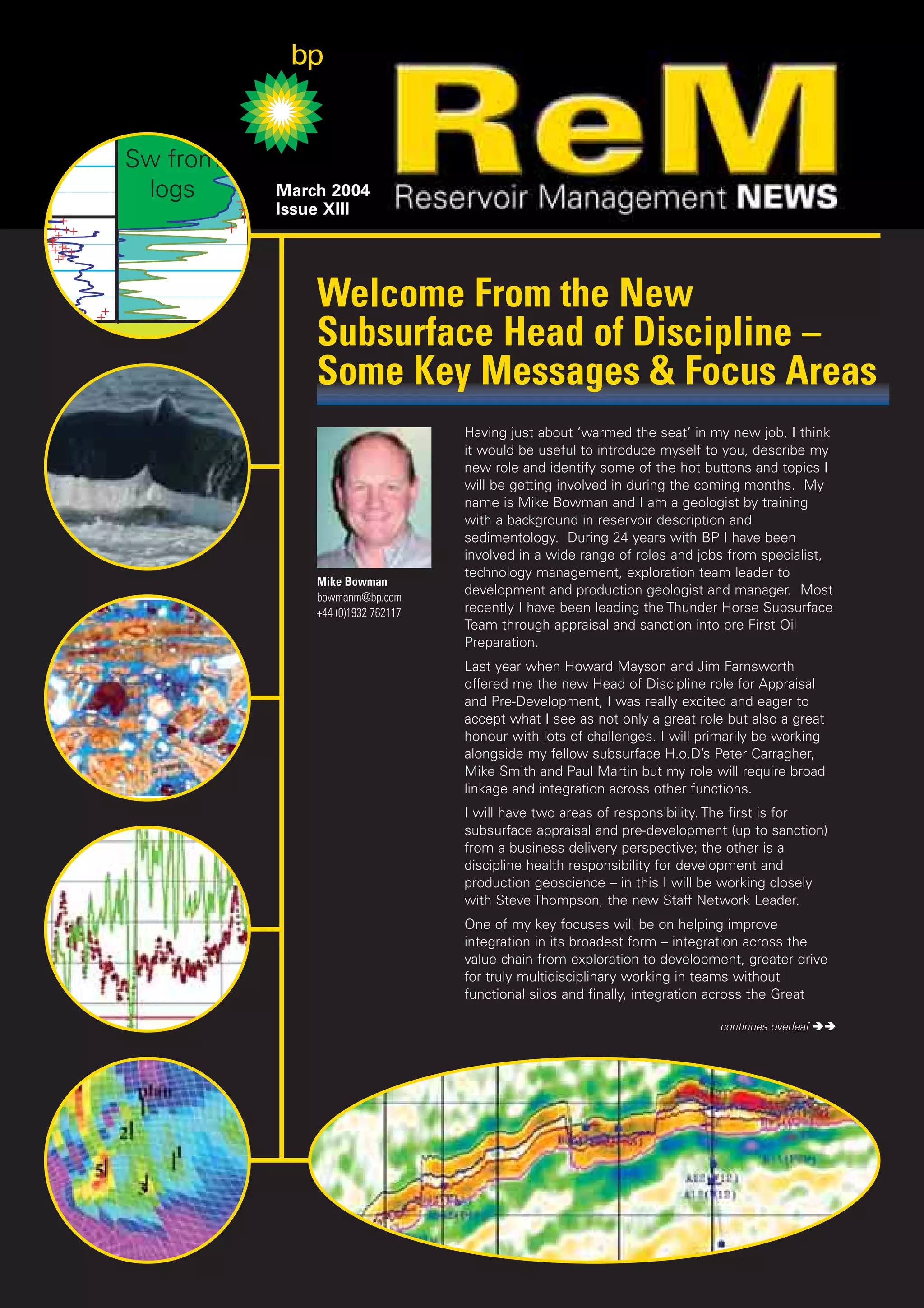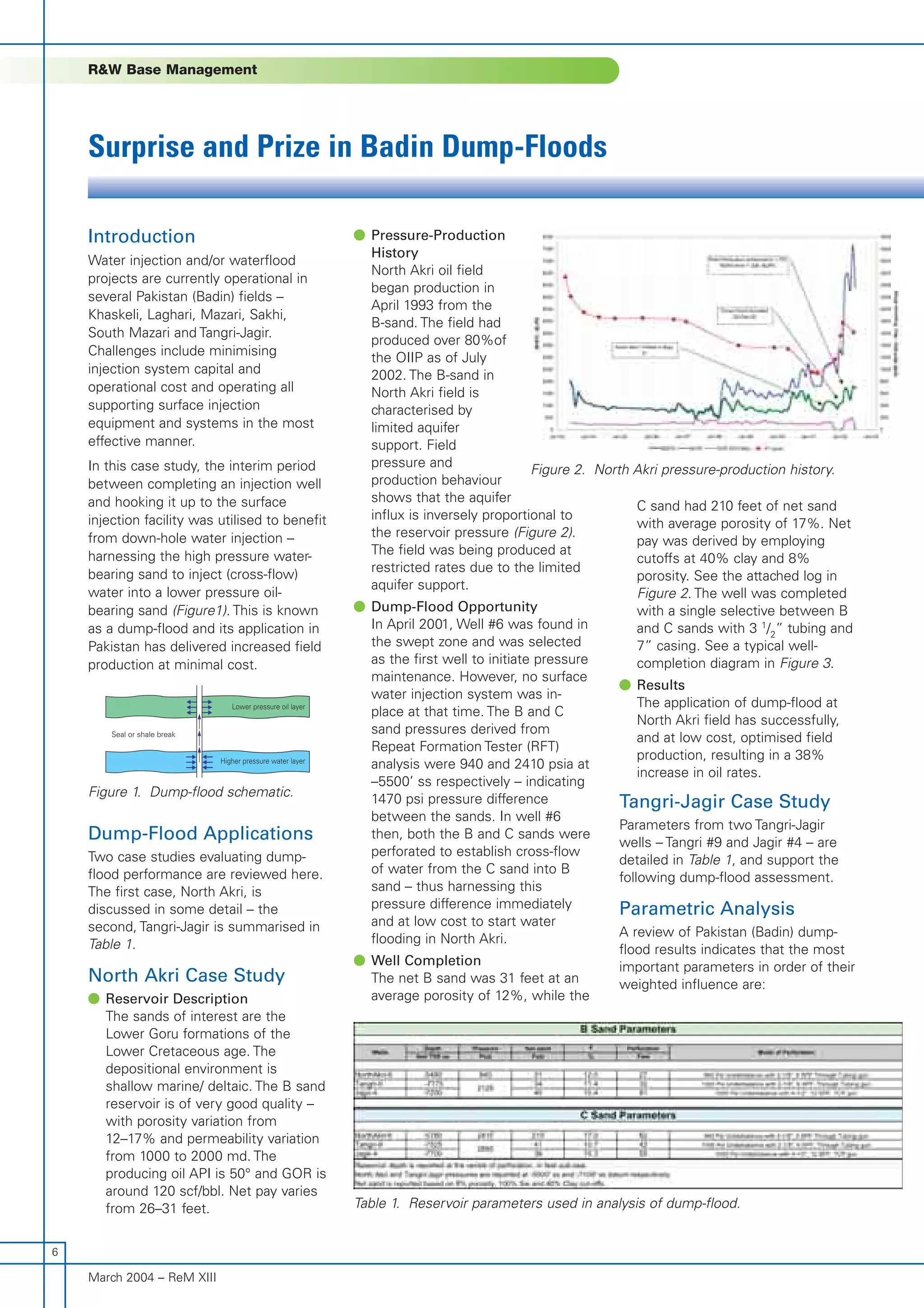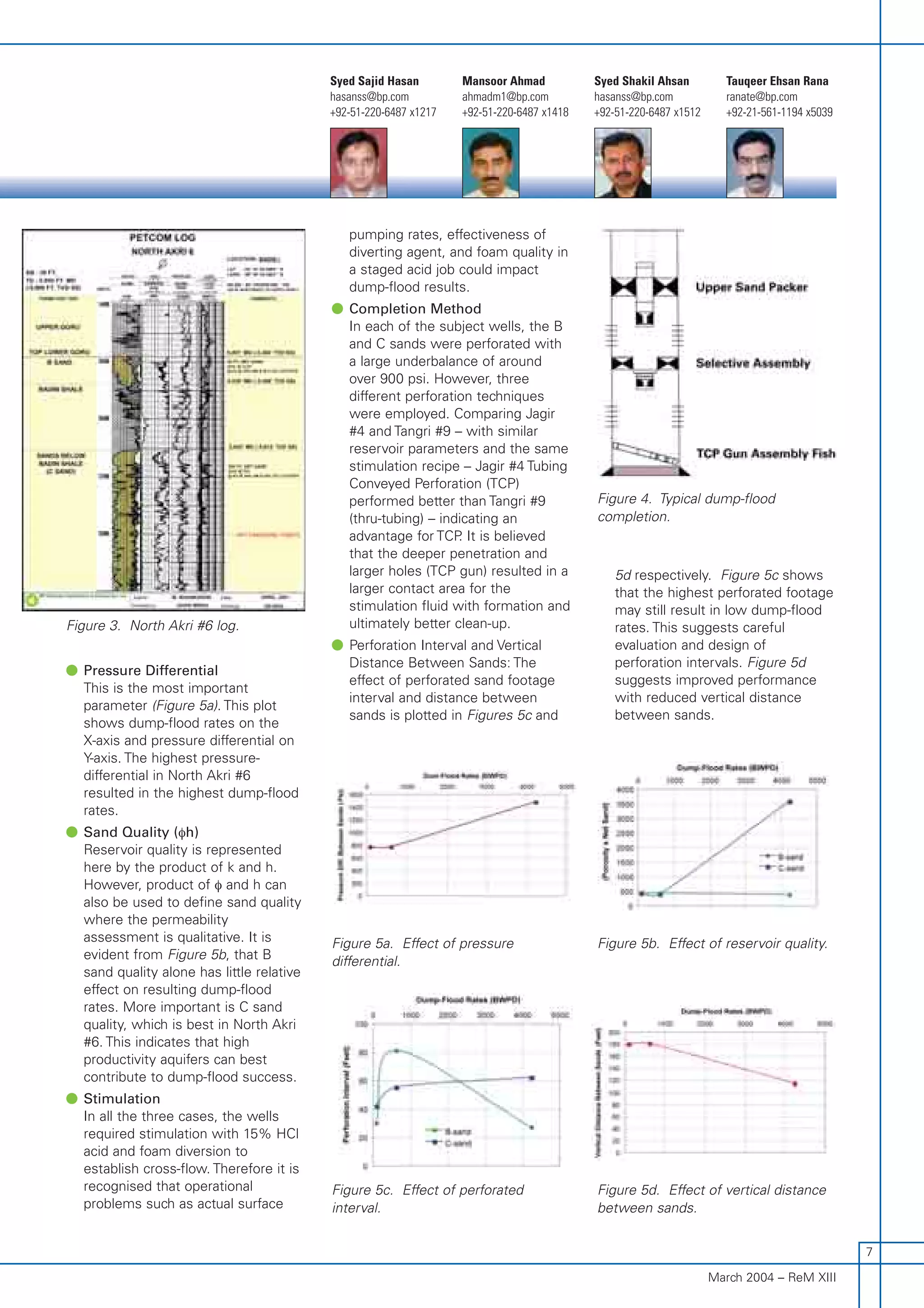Mike Bowman introduces himself as the new Head of Discipline for Appraisal and Pre-Development at BP. He has over 24 years of experience in various geology and management roles at BP. In his new role, he will be responsible for subsurface appraisal and pre-development, and work to improve integration across the exploration to development process. Some of his key focuses will include improving multidisciplinary teamwork and integration across different functions and business units.


